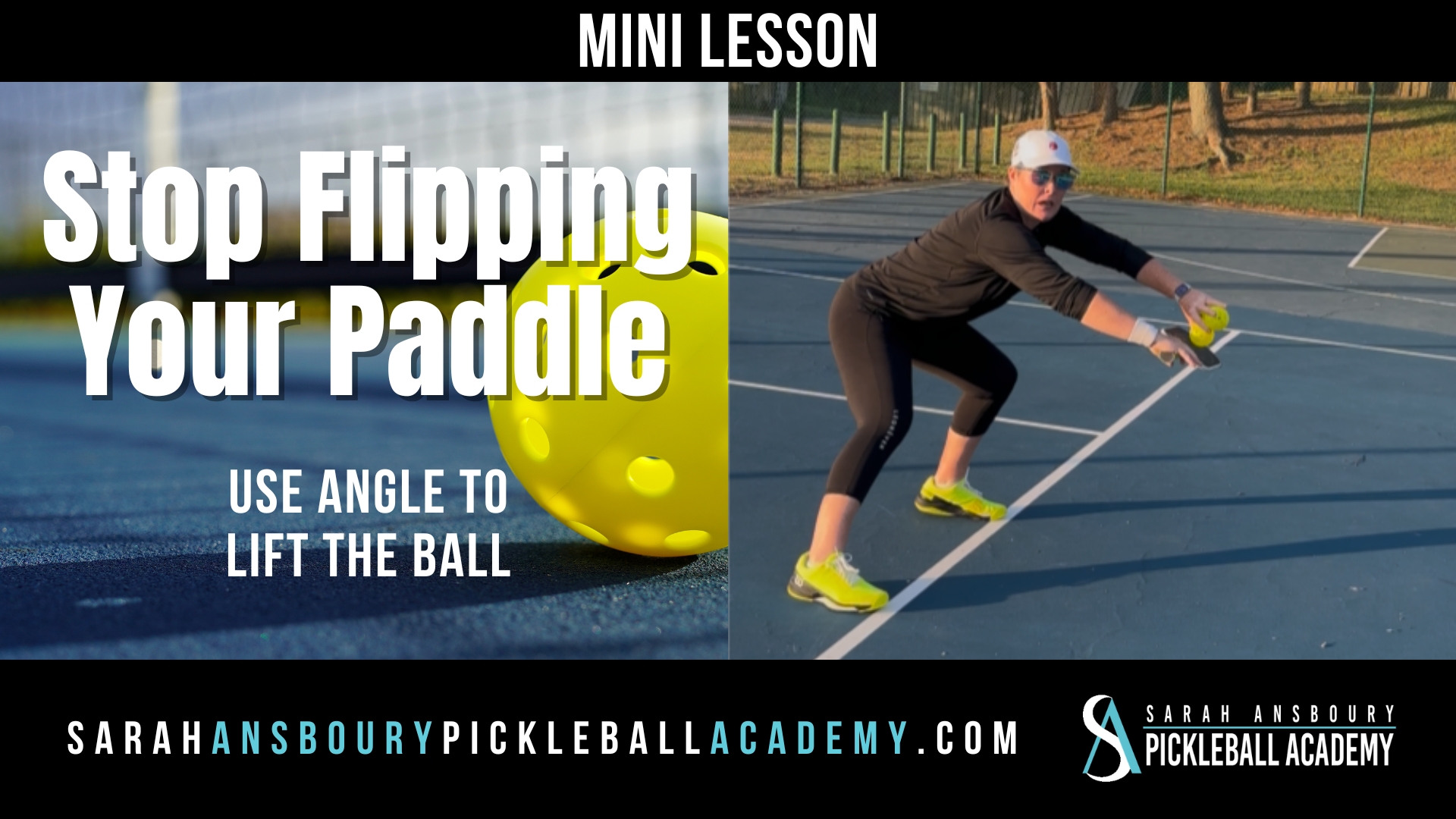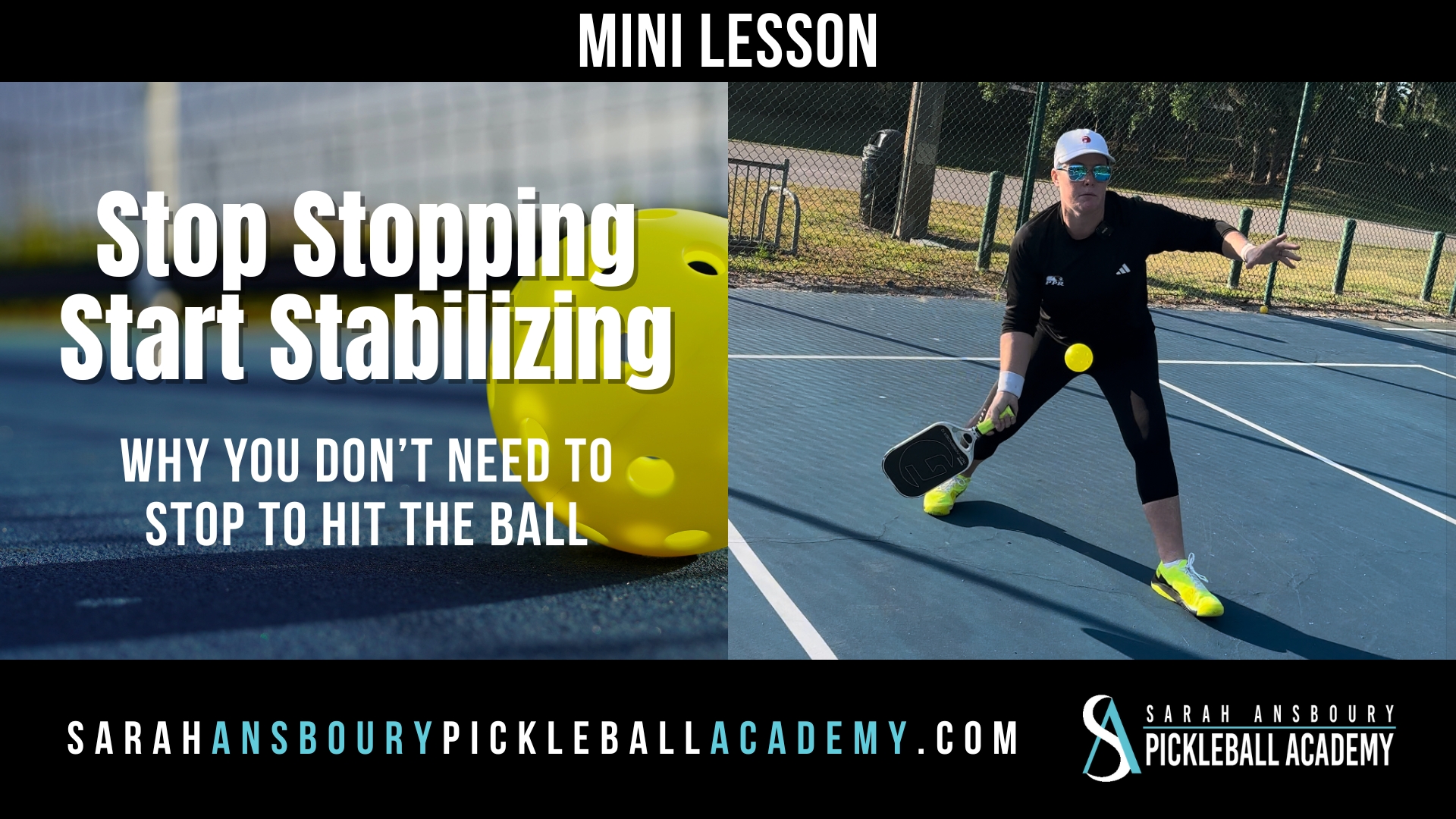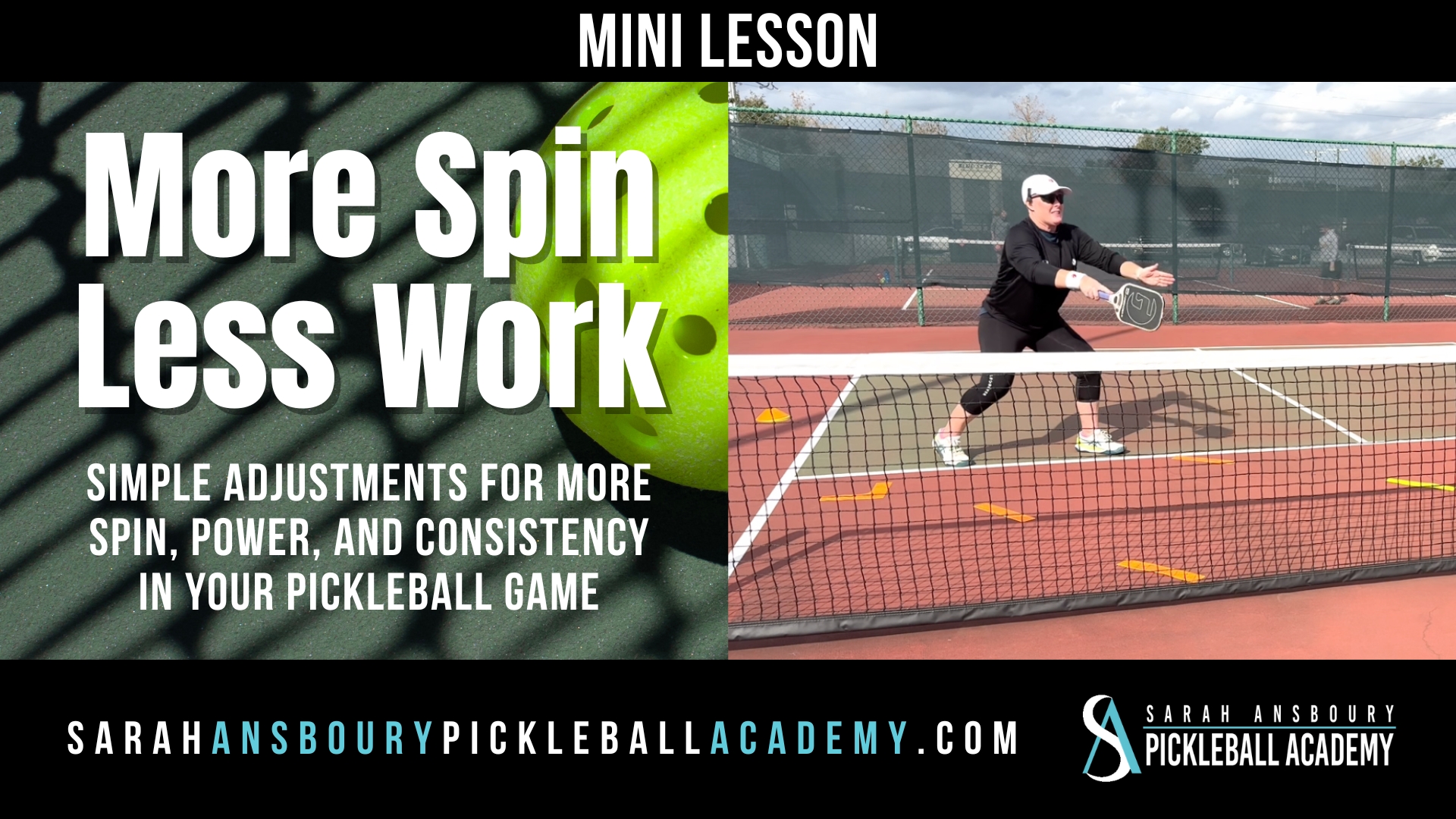Are you considering adding lead tape to your pickleball paddle? If so, you’re not alone. Many players, including myself, have found that strategically placing lead tape can significantly improve paddle performance. In this comprehensive guide, I’ll walk you through everything you need to know about lead tape for pickleball paddles, from its benefits to proper placement techniques.
Understanding Lead Tape for Pickleball Paddles
Lead tape is a versatile tool that allows players to customize the weight and balance of their pickleball paddles. By strategically adding lead tape to certain areas of the paddle, players can enhance stability, balance, and power. But before we dive into placement techniques, let’s explore why lead tape is such a valuable asset for pickleball players.
The Benefits of Using Lead Tape
Adding lead tape to your pickleball paddle offers several key benefits:
- Increased Stability: By adding weight to specific areas of the paddle, players can improve stability and reduce paddle flutter during shots.
- Enhanced Balance: Adjusting the balance of the paddle can help players achieve a more comfortable and controlled swing.
- Improved Power: A slightly heavier paddle can generate more power and momentum, allowing players to hit stronger shots with less effort.
Navigating the Rules
Before you start experimenting with lead tape placement, it’s essential to familiarize yourself with the rules governing paddle modifications in pickleball. According to Rule 2.E.5, players are allowed to make certain alterations to their paddles, including adding lead tape. However, there are specific guidelines regarding the placement of tape and other modifications, so be sure to review the rules carefully.
Strategic Lead Tape Placement
Now that you understand the benefits and rules of using lead tape let’s discuss the most effective placement techniques. While there’s no one-size-fits-all approach to lead tape placement, there are several common strategies that players can use to optimize their paddle’s performance.
Top Edge Placement
One popular placement strategy involves adding lead tape to the top edge of the paddle. This technique, often referred to as “perimeter weighting,” involves adding tape along the top edge of the paddle to increase head speed and power. By distributing weight along the perimeter of the paddle, players can achieve a more balanced and controlled swing.
Clock Method Placement
Another approach to lead tape placement is the clock method, which involves dividing the paddle face into sections based on a clock face. For example, players may choose to add tape at the 3 and 9 o’clock positions to improve stability and reduce paddle flutter. Experimenting with different clock positions can help players find the optimal balance and weight distribution for their playing style.
Experimentation and Adjustment
Ultimately, the key to successful lead tape placement is experimentation and adjustment. Every player is unique, and what works for one player may not work for another. I always encourage players to start with small adjustments and gradually increase the amount of lead tape as needed. By experimenting with different placements and configurations, players can find the perfect balance and weight distribution for their paddle.
What Type Of Pickleball Lead Tape To Buy
Here are a few to choose from, (Links to products on Amazon):
1/2 Inch Lead Tape
Heavy Duty Electrical Tape (Black)
Heavy Duty Electrical Tape (White)
Conclusion
Adding lead tape to your pickleball paddle can be a game-changer, providing you with greater stability, balance, and power on the court. By understanding the benefits of lead tape, navigating the rules, and experimenting with strategic placement techniques, you can optimize your paddle’s performance and take your game to the next level.
If you are a regular reader know that I will always encourage you to try new things. You can buy 100″ of Lead Tape For Pickleball Paddle for under $20, so experimenting won’t break the bank. You may find altering your pickleball paddle just feels more comfortable. And we all know comfort is a key to playing better pickleball.
So why wait? Start experimenting with lead tape today and see the difference it can make in your game!










